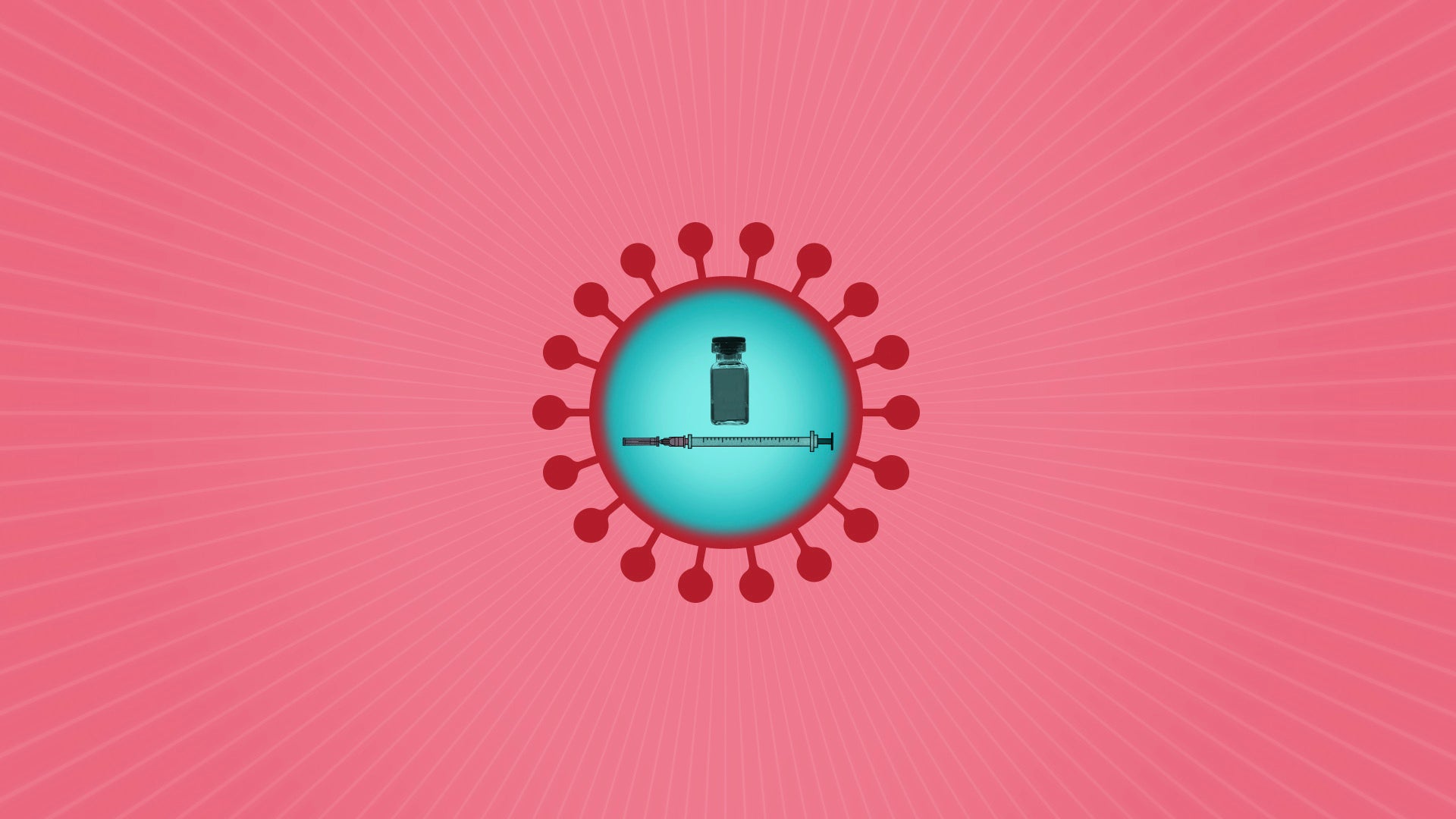Why are COVID vaccination rates still low in some countries?
Experts say there are several reasons why COVID-19 vaccination rates are still low in some countries, in addition to limited supplies

Why are COVID-19 vaccination rates still low in some countries?
Limited supplies remain a problem, but experts say other challenges now include unpredictable deliveries, weak health care systems and vaccine hesitancy.
Most countries with low vaccination rates are in Africa. As of late February, 13 countries in Africa have fully vaccinated less than 5% of their populations, according to Phionah Atuhebwe, an officer for the World Health Organization's regional office for Africa.
Other countries with extremely low vaccination rates include Yemen, Syria, Haiti and Papua New Guinea.
For most of last year, developing nations were plagued by a lack of supplies. Rich countries were hoarding doses and many countries didn't have the facilities to make their own vaccines. COVAX — an initiative to distribute vaccines equally around the world — faltered in delivering shots.
Many rich countries had planned to donate doses once their own populations were vaccinated, but the emergence of the delta and omicron variants spurred booster campaigns that further delayed those plans. Vaccine makers have largely declined to share their formulas or technology, further restricting production.
Other setbacks to vaccinations have also emerged.
“The main problem among countries with low vaccination rates is poor infrastructure to distribute shots," says Dina Borzekowski, director of the Global Health Initiative at the University of Maryland. "What is absent are best practices to get vaccines to populations who typically live without safely managed sanitation systems or reliable electricity.”
Donated vaccines are also sometimes delivered close to their expiration dates, giving health officials little time to distribute them, says Sinhye Ha of Doctors Without Borders.
Some countries also lack materials like syringes to inject the shots or ways to keep the vaccines at the right temperature.
Vaccine hesitancy fueled by misinformation and a distrust of governments has also contributed to low vaccine uptake in some countries, says Atuhebwe.
___
The AP is answering your questions about the coronavirus in this series. Submit them at: FactCheck@AP.org. Read more here:
Is omicron leading us closer to herd immunity against COVID-19?
Can you get long COVID after an infection with omicron?
How will the world decide when the pandemic is over?